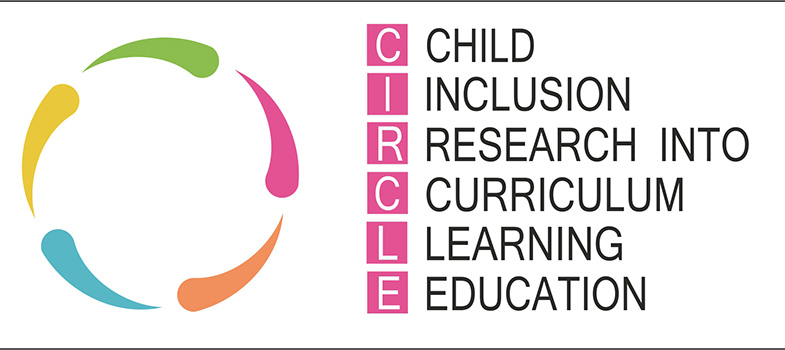1.1 Overview of the CIRCLE Framework of Inclusion
The CIRCLE Framework of Inclusion was developed by Edinburgh City Council, Queen Margaret University and NHS Lothian to promote effective inclusive practice in classrooms. A version for primary schools was first developed followed by a secondary version.
Many learners within secondary schools have identified emerging additional support needs that may impact on their ability to engage with the curriculum and/or to participate fully in school life. This resource will help secondary school staff support these learners.
The Secondary CIRCLE Framework of Inclusion was developed primarily for subject teachers but will also be relevant for any secondary school staff who support learners with additional support needs. It provides an overview of the processes for providing that support and a reflective framework for considering additional support needs.
How was the information gathered which supported the creation of the CIRCLE Framework?
The Secondary CIRCLE Framework – The ‘CIRCLE Collaboration’ is a resource which represents the analysis of 164 contacts, including in-depth interviews and focus groups held in 5 mainstream secondary schools, 2 special schools and with other staff groups within the City of Edinburgh.
Further information on the how The CIRCLE Collaboration © was developed is available for you to read in ‘The CIRCLE Collaboration background’.
Activity 2: Introduction to the CIRCLE Framework
Watch this film ‘What is the CIRCLE framework (secondary)?’ in which a member of the CIRCLE team explains the background and rationale for the CIRCLE Framework of Inclusion (film duration 2:56 minutes). A transcript of this film is available.
The CIRCLE Framework introduces the importance of considering inclusion in terms of four main areas:
Skills
Motivation
Structures and routines
The environment (physical and social).
The interactive jigsaw diagram in Figure 2 below represents how these factors are interlinked to support inclusion. Hover over each segment of the jigsaw - number 1 displays a definition and number 2 displays an example.
Activity 3: CIRCLE Framework impact
Watch these two films in which a deputy head teacher discusses the benefits of the CIRCLE framework and a Support for Learning teacher explains why the CIRCLE framework has been useful in her role.
Film of a deputy head teacher discussing the CIRCLE Framework. (film duration 3:32 minutes)
Film of a Support for Learning teacher discussing the CIRCLE Framework (film duration 2:06 minutes)
Questions on these films will be included in the end of module quiz.
Section overview
